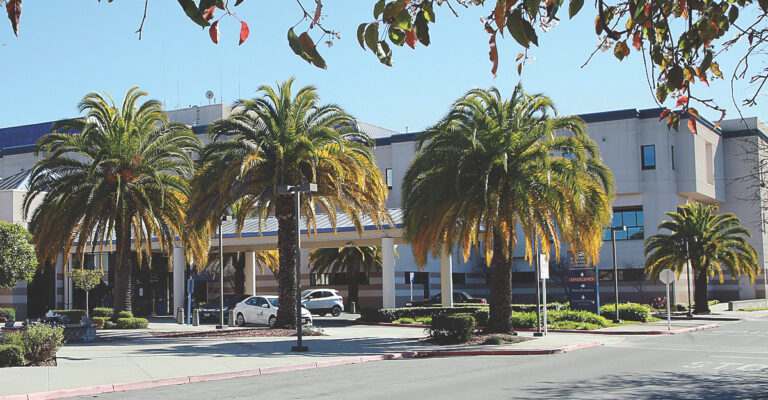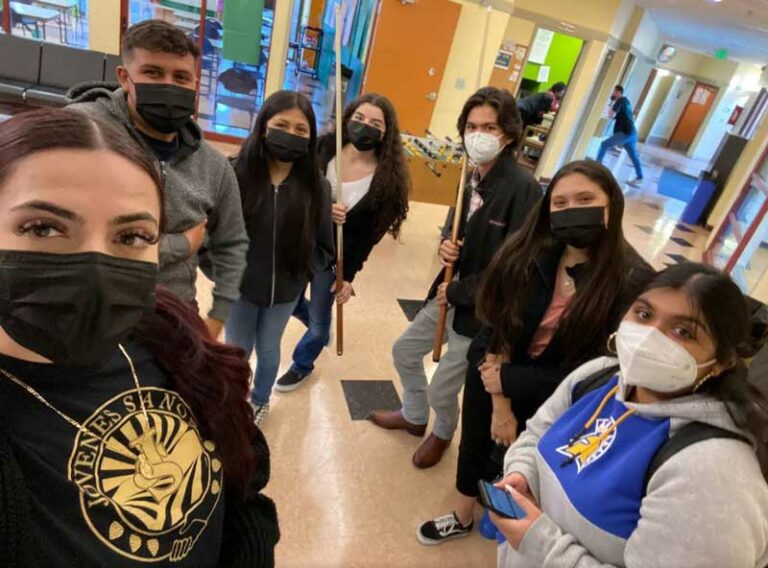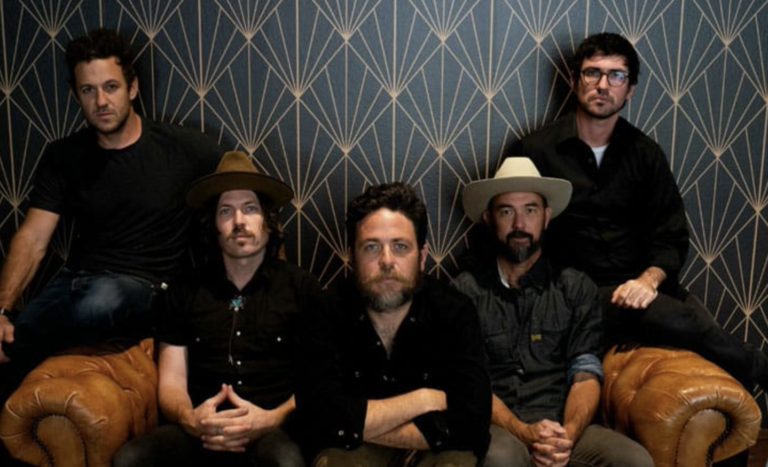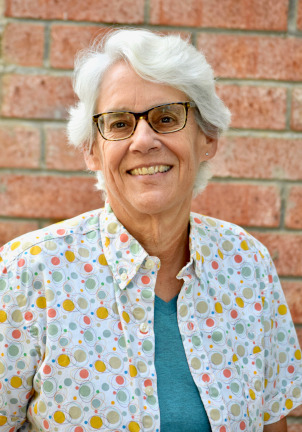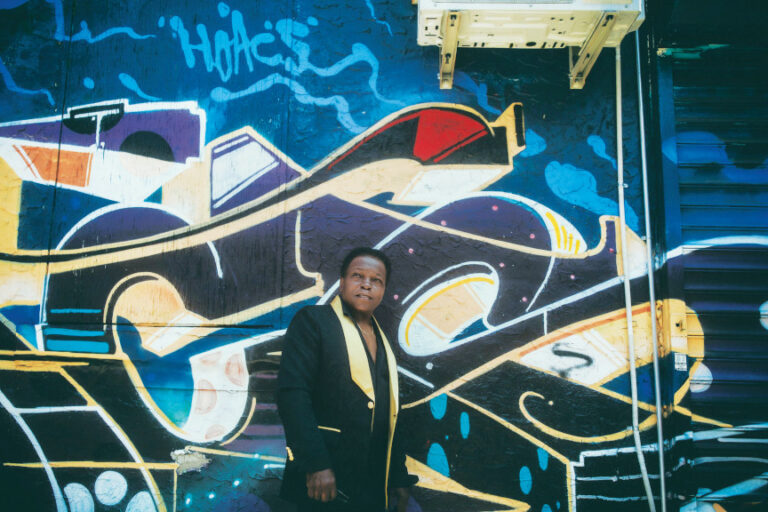ARTS AND MUSIC
(CANCELED) STEVE KIMOCK & FRIENDS There aren’t many who can wield a guitar like Steve Kimock. He’s been at it for over four decades, but he’s not after fame. Kimock’s a musician’s musician—Jerry Garcia once said of Kimock, “He’s my favorite unknown guitar player.” The Grateful Dead connection ironically yielded notoriety through tours with Bob Weir’s bands Kingfish and RatDog. Additionally, Kimock has been involved with several post-Grateful Dead collectives, including the Other Ones, Phil Lesh & Friends and the Rhythm Devils (featuring Mickey Hart and Bill Kreutzmann). $34 plus fees. Thursday, Aug. 4, 8pm. Felton Music Hall, 6275 Hwy. 9, Felton. feltonmusichall.com.
COFFEE ZOMBIE COLLECTIVE For over a decade, CZC has built a vigorous, sweaty repertoire of semi-obscure covers and “karaoke barn-burner hits.” As the local outfit continues to evolve, they mix original tunes with warped acoustic renditions of pop hits like Lorde’s “Royals”—they also play rocking classics, including Motorhead’s “Ace of Spades.” You’ll never experience the same show twice. All boardwalk concerts happen on the Colonnade Stage, on the beachside of Neptune’s Kingdom—the dance area is in front of the stage. Free. Thursday, Aug. 4, 8:30pm. Santa Cruz Beach Boardwalk, 400 Beach St., Santa Cruz. (Free Movie at the Beach presents Trolls on Friday, Aug. 5, 9pm). beachboardwalk.com.
ANDERS OSBORNE The New Orleans singer-songwriter’s vocals emit directly from his heart, radiating with a style that is uniquely his own. Since his 1989 debut, Osborne co-wrote tunes that appeared on Keb Mo’s Grammy Award-winning Slow Down. He also penned Tim McGraw’s “Watch the Wind Blow By,” which reached No. 1 on the charts. Everyone from Brad Paisley to Trombone Shorty to Kim Carnes has covered Osborne’s songs. There’s always new material coming. Armitage’s intimate outdoor venue—on a peak overlooking the winery’s sprawling vineyards (usually closed to the public)—boasts unobstructed views of the Monterey Bay. Attendees must be 21 and over. Proceeds benefit the partnership between the Scotts Valley Boys & Girls Club and the Scotts Valley Farmers Market. (Read story). $106 ($10/valet parking). Friday, Aug. 5, 7:30pm (doors 6:30pm). Armitage Winery, 705 Canham Road, Scotts Valley. tiny-winery-concerts.constantcontactsites.com.
LEE FIELDS & THE EXPRESSIONS There aren’t many who naturally exude soul music. 71-year-old North Carolina native Lee Fields is one of the rare exceptions. Unfortunately, the disco era kicked him to the curb by 1980—Fields was forced to work in real estate for several years to support his family. Thanks to a soul renaissance in the early 2000s and labels like Daptone Records—sparked by nearly undiscovered talent like Sharon Jones and Charles Bradley—Fields could return to doing what he was meant to do. In addition to bigtime hip-hop newbies, including Travis Scott and J. Cole, sampling Fields’ early material, the soul icon’s making new records—most recently, It Rains Love—inspired by something the world can use a lot of right now: love. (Read story). $25/$29 plus fees. Friday, Aug. 5, 8pm. Felton Music Hall, 6275 Hwy. 9, Felton. feltonmusichall.com.
PREZIDENT BROWN WITH REGGAE ANGELS Straight out of Oracabessa, in the Parish of St. Mary, Jamaica, Prezident Brown’s unique approach to deejaying, which he calls “the chanting style,” is characterized by writing songs through chanting melodies and lyrics. “I apply music to what I want to say,” Brown told United Reggae. “The melody carries the words, and I use words to express myself. If I’ve nothing good to say, I better shut up.” $20/$25 plus fees. Saturday, Aug. 6, 9pm. Moe’s Alley, 1535 Commercial Way, Santa Cruz. moesalley.com.
(POSTPONED) OUTDOOR COMEDY CORRALITOS Richard Stockton and Dan St. Paul will deliver an “early evening of standup comedy and music that celebrates the joy of where we are right now.” Stockton’s set features a musical component as he riffs on everything from Hi-Fi to Wi-Fi and hippies to hip replacements. Meanwhile, St. Paul has been described as delivering “sharp, clean wit with an outstanding talent for creating characters; what sets Dan apart is that he doesn’t just tell jokes, but rather creates a series of comedic events.” $15. Sunday, Aug. 7, 5pm. El Vaquero Winery, 2901 Freedom Blvd., Corralitos. elvaquerowinery.com.
TERENCE BLANCHARD FEATURING THE E-COLLECTIVE & TURTLE ISLAND QUARTET Five-time Grammy Award-winning trumpeter and composer Terence Blanchard’s Absence celebrates the musician’s mentor, Wayne Shorter. The 2021 record features compositions written and inspired by the now 88-year-old sax legend, who Blanchard credits for “influencing his ever-expanding amalgam of music and storytelling.” Blanchard will be joined by his acclaimed band, the E-Collective, featuring Charles Altura on guitar, Fabian Almazan on piano and synth, Oscar Seaton on drums and David “DJ” Ginyard on bass, with the Grammy Award-winning Turtle Island Quartet. $63-68.25; $34/students. Monday, Aug. 8, 7pm. Kuumbwa Jazz, 320-2 Cedar St., Santa Cruz. kuumbwajazz.org.
‘CANDIDE!’ With a score from the unrivaled Leonard Bernstein and lyrical contributions from the legendary Stephen Sondheim, Hugh Wheeler’s book is transformed into a fast-paced emotional roller-coaster of a musical. Things can’t get worse for Candide (the bastard cousin of Baron Thunder-Ten-Tonck): He’s expelled from his home, forced into the Bulgarian army, brought before the Spanish Inquisition, swindled out of his fortune, shipwrecked on a desert island—and separated from his true love, Cunegonde. (Read review). $25-60. Thursday, Aug. 4, Friday, Aug. 5, and Saturday, Aug. 6, 7:30pm; Sunday, Aug. 7, 2pm (runs through Sunday, Aug. 14). Cabrillo College’s Crocker Theater, 6500 Soquel Drive, Aptos. cabrillostage.universitytickets.com.
COMMUNITY
UCSC FARMSTAND You will find an abundance of tasty organic vegetables, fruit and herbs—there are stunning flowers, too. Everything is grown at the UCSC Farm & Garden. Open twice weekly through November 2022. Free. Wednesday, Aug. 3, noon-5pm and Friday, Aug. 5, 11am-3pm. Cowell Ranch Hay Barn, 94 Ranch View Road, Santa Cruz. calendar.ucsc.edu.
‘THE CZU FIRE IN THEIR OWN WORDS: FIGHTING FIRES, LOSING HOMES AND REBUILDING COMMUNITY’ Director Peter Gelblum uses actors to relay the words of the people who fought the August 2020 fires and those who lost their homes and possessions, illuminating the shared experiences—the evacuations, battling with insurance companies and getting local support. The film also uses family photographs donated by several local photographers, Shmuel Thaler and Steve Kuehl. Mountain Community Theater produced the movie as a gift to the community. Free (all donations will be split between local volunteer fire departments and the Fire Recovery Fund of the Community Foundation). Sunday, Aug. 7, 1pm. Park Hall, 9400 Mill St., Ben Lomond. in**@******ws.org.
GROUPS
WOMENCARE ARM-IN-ARM This cancer support group is for women with advanced, recurrent or metastatic cancer. The group meets every Monday and is led by Sally Jones and Shirley Marcus. Free (registration required). Monday, Aug. 8, 12:30pm. WomenCare, 2901 Park Ave., A1, Soquel. 831-457-2273. womencaresantacruz.org.
OUTDOORS
SANTA CRUZ SANDHILLS TOUR Experience Santa Cruz’s most sensitive ecosystem, the sandhills, during a two-mile guided walk. Learn about the habitat’s formation and the unique plants and animals adapted to the area. Meet at the campground amphitheater off Graham Hill Road and journey through a breathtaking setting in the mountains. Free ($10/daily use parking fee). Sunday, Aug. 7, 9-11am. Henry Cowell Redwoods State Park, 101 North Big Trees Park Road, Felton. thatsmypark.org.


